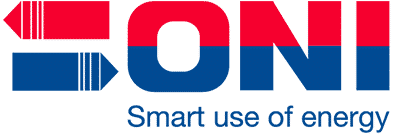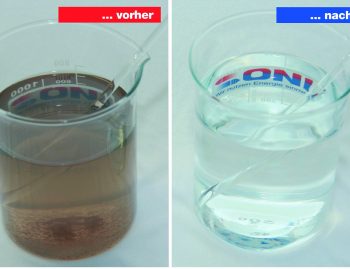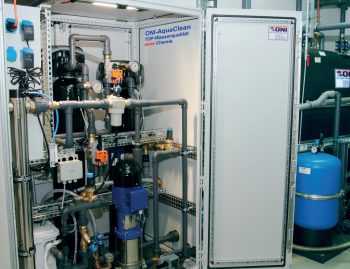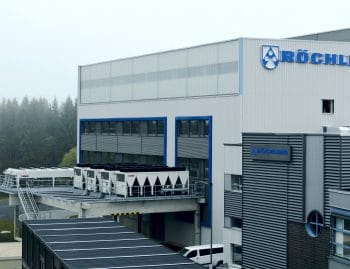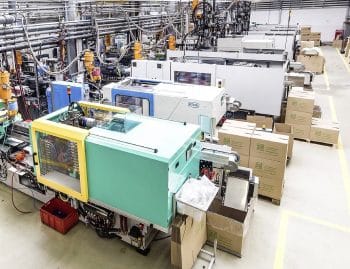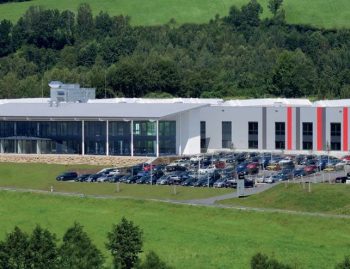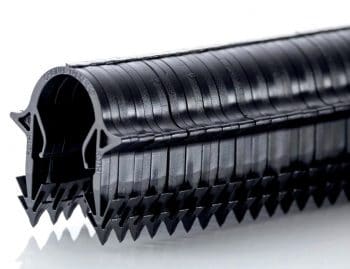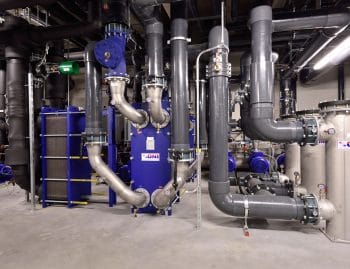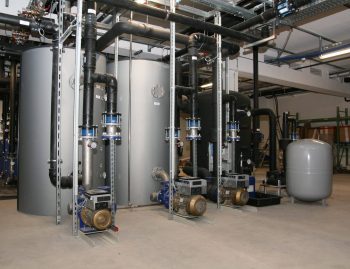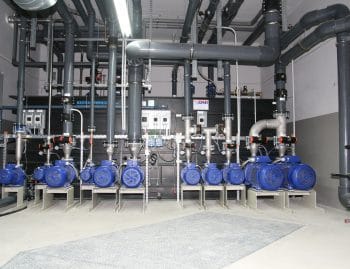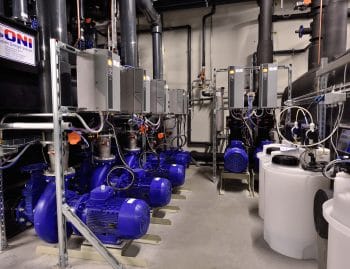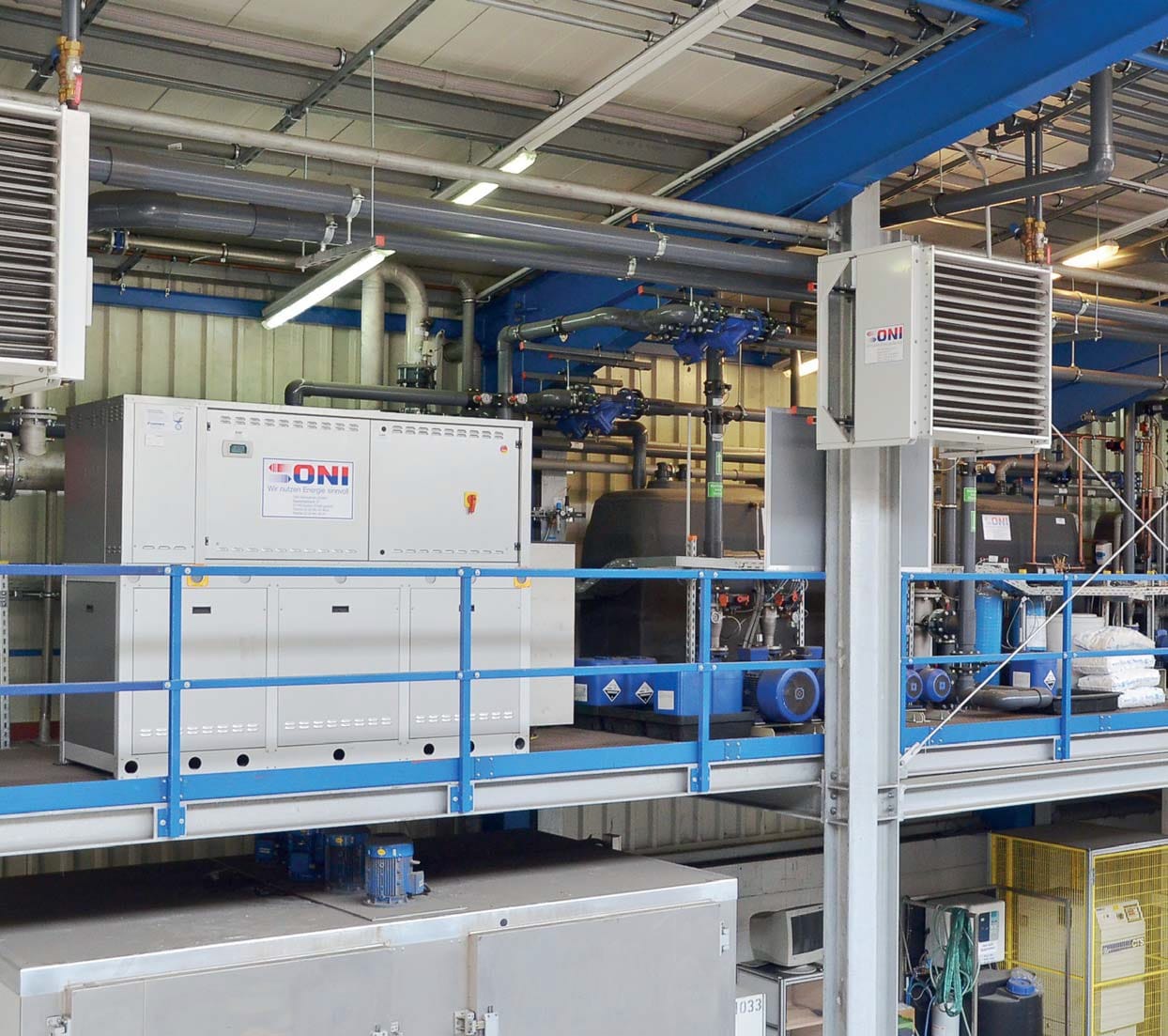
Müller-Technik heats offices and high shelves with waste heat
In its extensive new buildings, the injection molder Müller-Technik only needs gas to generate hot water at a hand wash basin. The energy for heating the entire area, including the ultra-modern high-bay warehouse, comes cheaply from the waste heat of the injection moulding shop.
Managing Director Helmut Kohake estimates the savings in heating energy achieved by Müller-Technik thanks to sophisticated heat recovery at 75,000 to 80,000 euros per year. The opportunity to completely restructure the company's energy industry - including the sensible use of waste heat from the injection moulding plant - arose with the planning of a new high-bay warehouse with around 15,000 pallet spaces and a two-storey administration building.
Müller-Technik specializes in the development and production of innovative components and assemblies, primarily for the automotive industry. Helmut Kohake, Technical Managing Director: "We are successful because we examine new technical possibilities at an early stage and also turn them into product ideas on our own initiative. Two- and three-component parts with complex geometries, partly further processed in automatic assembly systems, the use of gas injection technology for parts with the highest surface quality and similarly demanding tasks determine our day-to-day business today". Accordingly, the company has been growing steadily for years - even in the crisis years of 2009 and 2010. At the Steinfeld site near Osnabrück alone, some 70 injection moulding machines with clamping forces of between 150 and 5000 kilonewtons are currently in operation, together with the corresponding peripheral technology. The next production expansion for larger machines including a warehouse connection via driverless transport system (AGV) as well as a hall for mould maintenance and production of dust-free products (clean room) are already being planned.
The new high-bay warehouse is mainly used for intermediate storage of finished products and granulates that are not stored in silos. This warehouse is connected to production via a bridge via an automatic transport system controlled by the warehouse management computer. The warehouse, around 18 meters high in the shelving area, has to be heated as well as the picking areas and traffic areas. For this purpose, around 35,000 metres of plastic pipes were laid as underfloor heating in the entire new building complex. This realised a temperature of 20 degrees in the storage area and an average temperature of 21 degrees in the offices with a total area of around 1000 square metres.
"We had already ordered a new cooling system for the injection moulding shop, since the old one was working at the edge of its capacity due to the multiple expansion of production and a further expansion would not have made sense, Oni convinced us that it would pay off to use the waste heat from the machines to heat the new complex instead of destroying it at great expense," explains Helmut Kohake. "After all, we produce so much waste heat that we could use it to heat a small settlement."
Installation during operation
In some discussions, the project was sketched out and specified for use from the injection moulding shop in the high-bay warehouse, in the new offices and in the planned maintenance hall for mould making. The topics were technical and economic considerations as well as the possibilities of state support measures. In addition, the plant was to be modularly expandable in order to help shape future growth. After preparatory work such as laying cables, the plan was finally to install the entire cooling technology in the production, warehouse and offices within just three months - in the injection moulding shop during operation. Initially, the hydraulic circuits of 65 injection moulding machines with clamping forces between 200 and 5000 kilonewtons had to be connected in three halls. "And that worked," confirms Helmut Kohake, "with every machine there were only minimal downtimes.
Most of the technology, including the control system, is installed on a space-saving platform in the picking area of the warehouse. From here, the cooling water flow with a flow temperature of around 30 degrees reaches the machines via a distribution network. The heated cooling water flows back at an average temperature of 35 degrees. The controller supplies the heating circuits of the warehouse and the offices with 35 degrees flow temperature. The control system decides on the most energy-efficient strategy depending on the general conditions, such as the amount of heat generated by the machines, the heat required in the various storage and office zones, the outside temperatures and other parameters, whereby the flow temperatures must guarantee production reliability as well as the minimum temperature in the areas to be heated. This is ensured by the combined operation of different systems.
The core is a 2-circuit cooling system. Machine cooling with a flow temperature of 30 degrees works via idle, glycol-free free coolers. Müller technology uses the waste heat from the return water for heating purposes via floor systems and low-temperature air heaters. The tool cooling with 15 degrees flow temperature runs in summer via a highly efficient, water-cooled cooling machine. The recooling of the chiller is carried out by separate, idle, glycol-free free coolers. During the transition and winter periods, the Oni management system ensures optimum integration of the existing free coolers as a particularly energy-saving "winter relief" for the chiller. As soon as the outside temperature is a few degrees Celsius below the cold water return temperature, the winter relief starts its work. The chiller is switched off as soon as the outside temperature reaches around 10 degrees and the free coolers completely generate the cooling water for the tool circuit. With this technology, all new buildings are completely energy self-sufficient in terms of heat supply. "I no longer feel like arguing regularly with gas suppliers about prices; our strategy is clearly towards 100 percent self-sufficiency in heat.
View under the "line"
Müller-Technik has invested around 500,000 euros in energy-saving technology. This made it possible to dispense with the renewal of "classic" cooling technology and heating for warehouses and new offices. Helmut Kohake estimates the savings in operating costs at around 75,000 to 80,000 euros per year, based on Oni plans and experience from the first year of operation. Some fine adjustments are still possible, which result from the current operation.
The European Union contributed to the investment costs: A "considerable" grant was granted from subsidies for exemplary technologies, which further improved the cost balance. Since Oni is very familiar with the handling of such applications, the appropriate support was and is available. Altogether
This is particularly true in connection with the Contura tool systems, which with their contour following temperature control zones have ensured a significant improvement in quality and short cycles. In addition, the commissioning of further machines is considerably easier because the overall system offers some reserves and can also be expanded.
Technology transferred to other locations
The sustained growth of the company from orders from the automotive industry has also led to a further expansion of capacities at the locations in Poland and the Czech Republic. Many orders are now being split between the three locations in order to significantly reduce throughput times. There are also focal points: While in Germany particularly complex components tend to be manufactured highly automatically in medium quantities, the international locations prefer to supply large-volume components to regional customers in the automotive industry. Based on experience with Oni technology, this is to be installed in both plants as part of future expansions.
"Thanks to the right strategies and technologies, I expect healthy growth in the coming years as well. Not only the current orders from car manufacturers and large Tier 1 suppliers speak in favour of this."
About the company
Müller-Technik was founded 30 years ago. After starting with two injection moulding machines and a small tool shop in Steinfeld, the location was regularly expanded. Today, 12,900 square meters of production, storage and office space are available here. The majority of the 75 million Euro turnover is achieved with the automotive industry. The German-Polish company Müller-Technik Koszalin has existed since 1994. In 2004 Müller-Technik CZ s.r.o. was initially founded as a trading company. In 2006 the purchase of a Czech company in Tuchlovice followed and became a wholly-owned subsidiary of Müller-Technik. For its successful corporate strategy, Müller-Technik received the Axia Award at the beginning of 2012 and was a finalist of the Oskar Patzelt Foundation's Grand Medium-Sized Enterprise Award in 2013.
